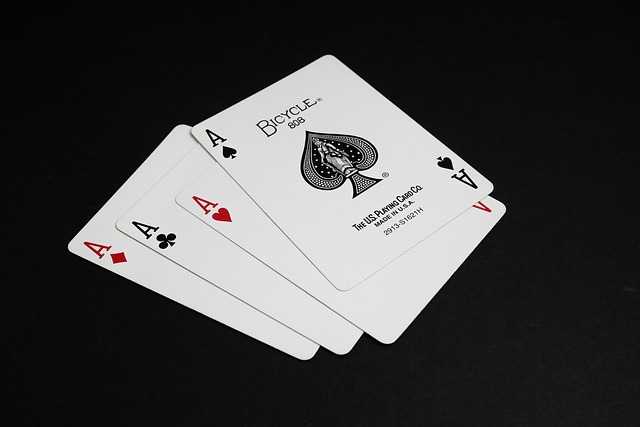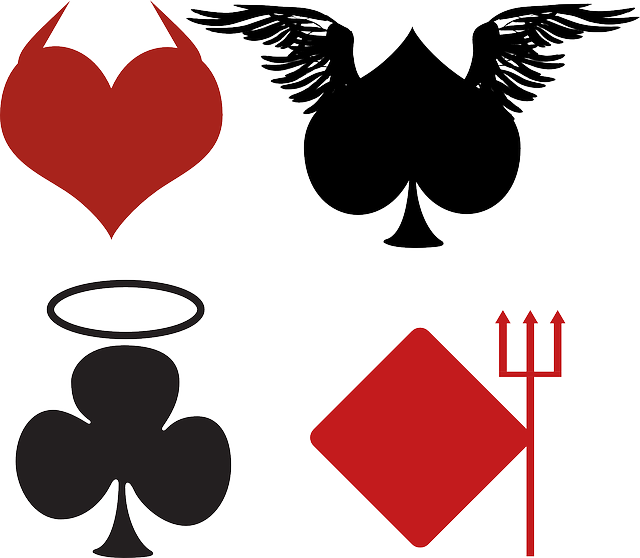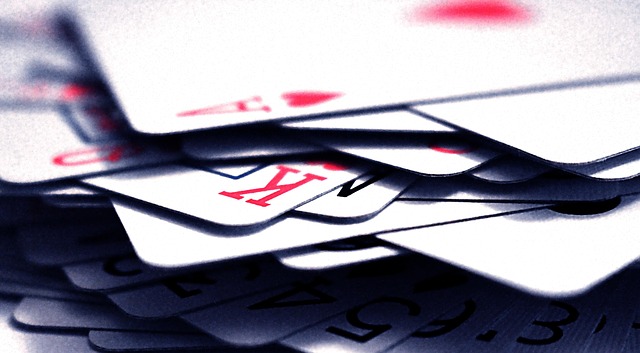Learn poker hand rankings and betting rules. Understand positions, blinds, and their impact on strategy. Master betting actions like checking, betting, calling, raising, and folding. Apply these skills for successful poker play according to our How to Play Poker guide.
Poker is a captivating game that combines skill, strategy, and a bit of luck. Learning the basics is the first step to mastering it. This guide will walk you through the fundamentals of poker, from understanding card rankings and hands to setting up your game and navigating betting rounds. By the end, you’ll have a solid foundation on How to Play Poker, ready to challenge friends or enter real-money tournaments.
- Understanding Poker Cards and Hands
- Setting Up a Game: Blinds and Positions
- Betting Rules and Strategies Explained
Understanding Poker Cards and Hands
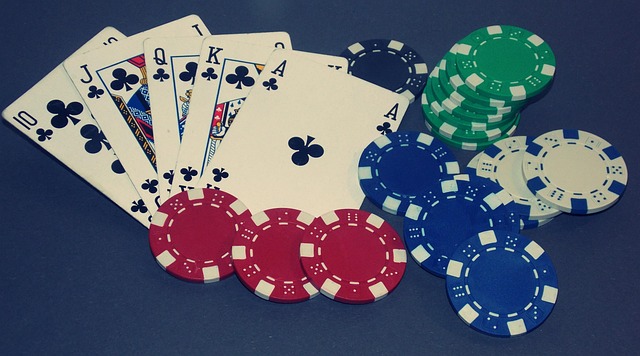
Poker is played with a standard 52-card deck, sometimes augmented by one or two jokers. Understanding the value and hierarchy of cards is crucial to knowing how to play poker. In order to determine winning hands, players must familiarize themselves with common poker hands like High Card, One Pair, Two Pairs, Three of a Kind, Straight, Flush, Full House, Four of a Kind, Straight Flush, and Royal Flush.
Each hand starts with players placing initial bets, then cards are dealt face down (hole cards). Subsequently, a series of betting rounds occur, followed by the revelation of cards on the table (community cards) in stages. Players aim to create the best five-card poker hand using any combination of their hole cards and community cards. The player with the highest-ranked hand at the end wins the round and collects the pot.
Setting Up a Game: Blinds and Positions
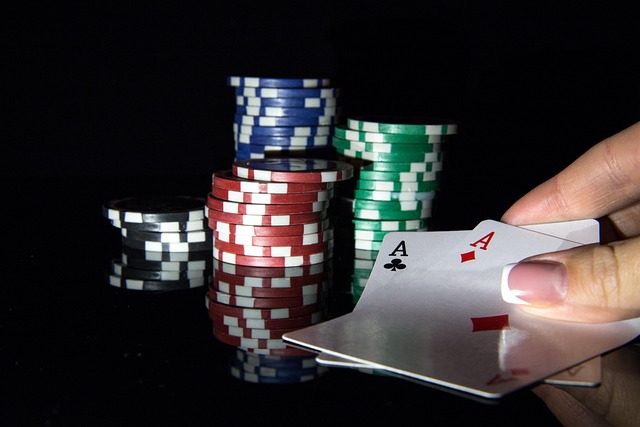
To start a game of poker, players first need to establish the betting structure and positions. Two key elements in setting up a game are the blinds and seats. The blinds represent forced bets that create an initial pot before any cards are dealt. Typically, there are two blinds: the small blind and the big blind. The player to the left of the dealer posts the small blind, usually half the minimum bet, while the player to their left posts the big blind, which is typically equal to the full minimum bet.
These blinds rotate clockwise after each hand, with the small blind increasing (and the big blind remaining constant) as play progresses. Players sit in a circle at the table, and their position relative to the blinds can affect their strategy. The dealer button, which indicates who will deal the cards next, also moves clockwise after each hand. Understanding the blinds and positions is fundamental to learning how to play poker, as it sets the stage for betting rounds and strategic decision-making.
Betting Rules and Strategies Explained

In poker, betting rules govern the flow of the game and are a key aspect of strategy. Players bet based on the strength of their hand, hoping to win big while minimizing risk. The most common betting types include check (pass), bet, call, raise, and fold.
During a round, players start with the option to check, placing no wager but remaining in the game. Alternatively, they can make a bet, forcing other players to either match or fold. Calling involves matching the previous bet, while raising requires players to increase the stake. Folding is when a player discards their hand, forfeiting any chance at winning that round. Mastering these betting strategies, combined with understanding card values and hand rankings (as explained in our How to Play Poker guide), is crucial for success at the poker table.
Poker is more than just a game; it’s a dance of strategy, skill, and psychology. By grasping the basics outlined in this guide, from card values and betting rules to blind placements and hand rankings, you’ve taken the first step towards mastering How to Play Poker. Whether you’re folding or raising, remember that practice makes perfect. So, gather your friends, set up a game, and start navigating the exciting world of poker—where every hand tells a story and every bet is a gamble.
